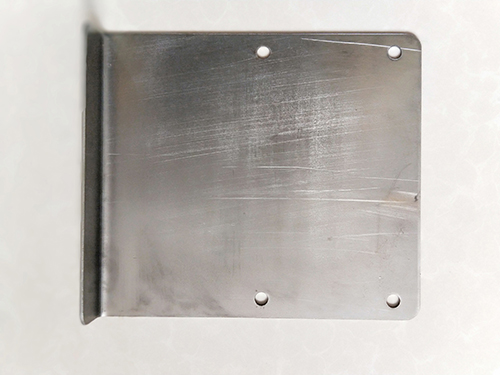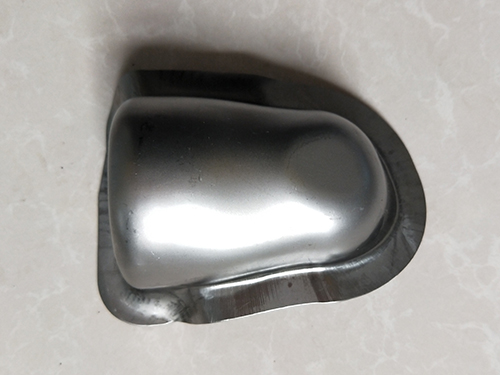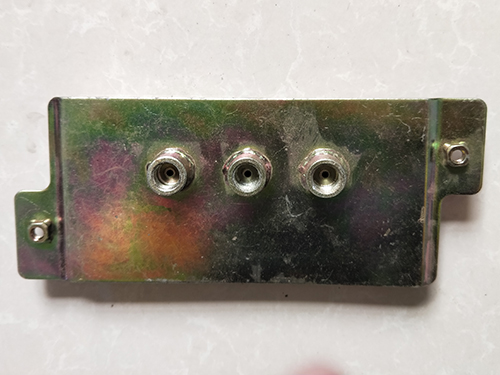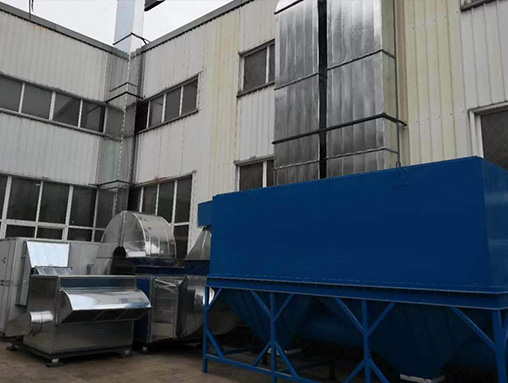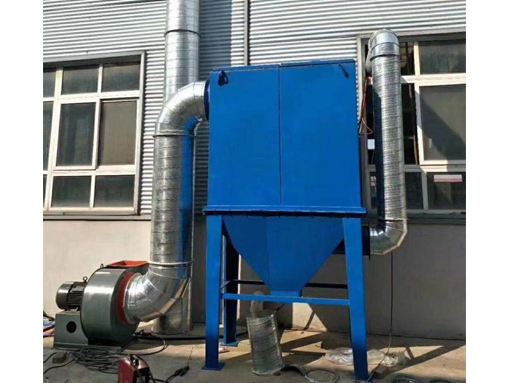Stamping process and process of stamping parts
The basis for mold design is the stamping process specification, and the key to the surface process is a good mold structure design. In the case of changing the stamping process, mold rework and scrapping often occur. Usually influenced by differences in understanding, the punching of the same part can choose diverse solutions. For the production of automotive stamping parts, the principles of use, production, economic rationality, and technology should be followed in the manufacturing process, so that the parts can create better economic and technical benefits while meeting relevant technical requirements. For metal stamping parts; It is crucial to analyze the manufacturing process, and we will provide a detailed introduction below.
1. Analyze stamping parts
The basis for analyzing and formulating stamping process plans for stamping parts is the product components. Therefore, when analyzing and designing the stamping process, it is also necessary to start from the components, mainly considering the economic and technical aspects of the stamping parts.
1.1 Analyze the Economy of Stamping Processing
The stamping processing method has inherent characteristics, mainly due to its simple operation, material properties, and therefore, its current applications are widespread. The high cost of surface molds directly affects the economy of stamping processing due to the size of the production batch. Specifically, the smaller the batch size, the higher the cost of stamping individual pieces. Conversely, the larger the batch size, the lower the total cost quantity. Therefore, for situations where the number of parts produced is small, other production methods should be chosen as much as possible. From this, it can be seen that when making stamped parts, it is necessary to fully integrate with the production schedule of the stamped parts, and the implementation of surface stamping technology can achieve significant economic benefits.
1.2 Analyze the processability of stamped parts
The difficulty level of stamping parts is a reflection of the processability of stamping parts. In terms of technology, it mainly involves analyzing the material properties, precision requirements, size and shape characteristics of the parts to make them consistent with the stamping process requirements. At the same time, good public welfare should also have the following characteristics: easy and simple operation, stable product quality, long mold life and simple structure, few processes and low material consumption. Under normal circumstances, the accuracy and structural dimensions of stamped parts have a serious impact on the processability of stamped parts. If there is a situation where the processability of the parts is poor, relevant suggestions and opinions should be presented to the design department for appropriate modification of the parts and stamping processability.
2. Determine the overall process of stamping parts
2.1 Selection of Basic Stamping Processes
The common stamping processes mainly include flanging, trimming, cutting, deep drawing, bending, punching, etc., and each process has significant differences in properties, uses, and characteristics. The nature of the stamping process for some parts cannot be intuitively seen from the product parts. For example, for various flat plate parts, the only processes implemented are punching, shearing, or cutting. For automotive hardware stamping parts, the deep drawing process is required for open cylindrical parts. For the supply and demand of some parts, calculation and analysis are necessary to determine the nature of the process. The stamping parts of the oil seal outer clamping ring and inner clamping ring have basically similar shapes, except for differences in outer diameter and straight edge height. After calculation and analysis, the outer clamping ring can be processed by deep drawing, cutting, punching, and flanging in the machining process; The process of clamping the inner ring on the surface includes cutting, punching, and flanging.
2.2 Determination of Stamping Sequence and Stamping Times
The number of times a process with the same property is repeated is called the number of stamping times. For deep drawn parts, the number of deep drawing times can be calculated based on the allowable deformation degree, shape, and size of the sheet metal. For flanged and bent parts, the calculation of stamping times is also based on the degree of deformation and its specific shape and size. In order to reduce the number of processes and maximize the plasticity of materials, stamping should be arranged reasonably based on the quality requirements and deformation characteristics of the processes.
Stamped parts have the characteristics of being thin, uniform, lightweight, and strong compared to castings and forgings. Stamping can produce workpieces with reinforcing ribs, ribs, roughness, or flanging that are difficult to produce by other methods, in order to improve their rigidity. Due to the selection of molds, the precision of the workpiece can reach the micrometer level, and the repeatability and standardization are common, which can punch out holes, protrusions, etc. Stamping machine stamping machine cold stamping parts generally do not undergo cutting processing, or only require a small amount of cutting processing.
The accuracy and appearance of hot stamping parts are lower than those of cold stamping parts, but still better than castings and forgings, with less cutting work. Stamping is a production method that uses composite molds, especially multi station progressive molds, to complete multiple stamping processes on a single press, achieving fully automatic production from strip unwinding, leveling, punching to forming and finishing. Production, good working conditions, low production costs, generally able to produce hundreds of pieces per minute.
Stamping is mainly classified by process and can be divided into two categories: separation process and forming process. The separation process, also known as punching, aims to separate the stamped parts from the sheet metal along the contour line and meet the quality requirements of the cross-section. The appearance and internal properties of stamping sheet metal have a significant impact on the quality of stamped products, requiring accurate and uniform thickness of stamping data; The appearance is smooth, without scars, abrasions, cracks, etc; Uniform yielding strength without significant directionality; High uniform elongation rate; Low yield to strength ratio; Low work hardening.
Common problem handling, adhesion, scratches: Due to the conflict between the material and the convex or concave mold, the appearance of the workpiece or mold may be poor. Burrs: occur in the cutting die and the dropping die, and the gap between the cutting edge may produce burrs when it is large or small. Line deviation: When the workpiece is formed, the part in contact with the mold is kneaded and forms a line, convex or concave.
Foreign objects (iron filings, rubber, dust) are mixed into the unwinding line, causing bumps and bends: due to uneven stress, poor matching of stretching ribs, or poor control of the press slider, the corners or embossed areas of the parts may bend and strain, wrinkles: due to poor adjustment of the press slider, low press accuracy, inappropriate adjustment of air cushion pressure, large punch, or other reasons, the edges or areas may wrinkle.
Other specific issues: In daily production, there may be situations where the punching scale is too large or too small (possibly exceeding the standard requirements) and differs greatly from the punch scale. In addition to considering the planning scale, processing accuracy, and punching gap of the forming convex and concave dies, the following aspects should also be considered for handling.
When the cutting edge wears out, the tensile stress on the material increases, and the tendency for the stamped part to flip and distort increases. When flipping occurs, the punching scale will tend to decrease. The strong pressure on the data causes plastic deformation, which can lead to an increase in the punching scale. When reducing the pressure on the surface, the punching scale will tend to decrease. The shape of the end of the convex die blade. If a slope or arc is made at the end, it will reduce the punching force.
Punching parts are less prone to material flipping and distortion, and the punching scale tends to increase due to the surface. When the end of the convex mold is flat (without inclined or curved surfaces), the punching scale will relatively decrease. The method of suppressing the flipping and distortion of stamped parts. Reasonable mold planning. In progressive dies, the organization of the cutting sequence may affect the accuracy of stamping parts.
